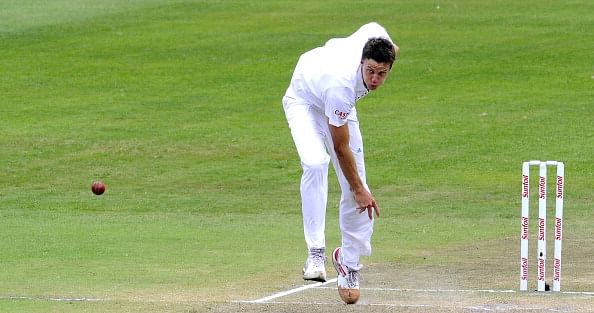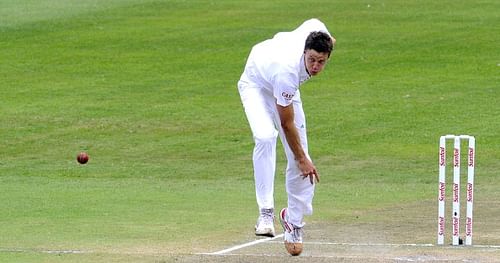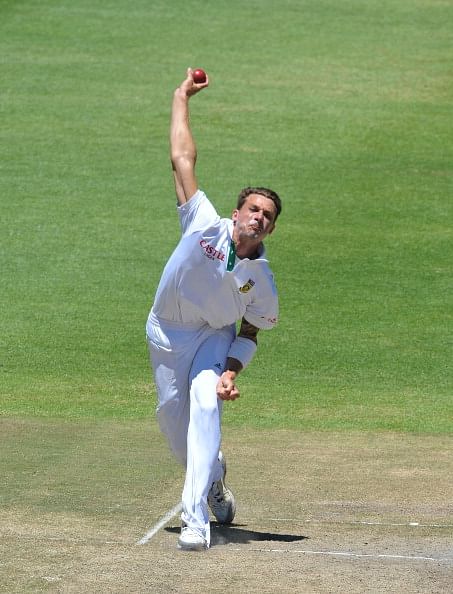
The terror of the 2000's - A look at South Africa's potent bowling attack

Cricket is a one-sided affair, or so they say. It cannot be denied, for batsmen have ruled the game for too long and have awed the audience with their glorious cover- drives and petrifying pull-shots. Right from the time of Sir Donald Bradman, to the Virat Kohli’s and Hashim Amla’s of today, batting has been given much impetus and they have more credibility than their bowling counter parts. Amidst all these hoopla, there are certain bowlers who are worth following, and they are the force that lends the much needed balance between the two main aspects of the game.
Right from the West Indies of the 70’s and 80’s to the pace-filled South Africa that we see today, bowling has always been a priority that played a major part in their success. Having seen the Australians of the 90’s and the major part of 2000’s and their exploits all around the world, the paramount importance of bowling jumps to the fore, offering an unstudied explanation that has been left out by a common fan while calculating the success mantra.
Teams like India and Sri Lanka have never managed to extend their stay on the top owing to the poor bowling attack they possessed. You could scoff at me for saying this and could defend it by pointing at the stalwarts like Muttiah Muralitharan and Anil Kumble, but the reality is, we have always lacked variety in our bowling attacks and that has been our downfall. We have never had genuine quicks who could bowl their heart-out on any sort of pitches, columns that South Africa have manage to tick over the years.
The strength of the South African bowling attack is the diverse nature mixed with the kind of support they get from the part-timers and the slow bowlers. Maybe the one glitch in the otherwise perfect bowling attack would be the lack of genuine spin talent amidst their ranks. All the same, they have compensated that with the fast bowlers and they do not require the slow bowlers more often than not.
The versatility of the fast bowling unit astounds me, and it is not easy to form such an attack with each bowler being starkly different to one another. The spearhead, Steyn, has been a thorn in the opponent’s flesh, bowling in the mould of Brett Lee and Shane Bond, more effective in the essence. Steyn has never compromised on his pace and has always looked to bowl fuller to extract any amount of movement that is left in the pitch. His strength is the unwavering line and length that he tends to bowl. Mixed with the raw pace, one cannot get away after taking him for granted.

Steyn’s numbers are an indication of the devastation that South Africa has brought to the opposition; Steyn has a five wicket haul for every four innings in Tests and his strike-rate is breath-taking for a bowler in the modern era. He has been successful all over the world and as an Indian cricket fan I can only sadly reminisce the days when he tore through the Indian batting order to pick up eight wickets in the second Test match at Ahmedabad in 2008 to win the Test for the tourists. He did not stop with that. South Africa came back in 2009 and this time he bettered his tally to pick up 10 wickets and ran through the mighty Indians for a victory.
There have been many such bowling spells by Dale Steyn, but I choose to highlight these two for a fact that they came in hostile and batting friendly conditions in India. That was a master piece of a bowling effort from Steyn, one that would hurt any Indian fan. Had it been South Africa minus Steyn, we would have won the series hands down.
The new pace sensation of South Africa, Vernon Philander, has been a major cog in South Africa’s wheel of success in the past fourteen months and has a phenomenal record for a new-comer. Philander relies on the swing and seam offered by the brand new red cherry and his bowling performance is mostly based on the nature of the pitch. But that does not make him any less important; he has more than 70 wickets in just 13 Test matches with 8 five wicket hauls to his credit. He has decent pace mixed with a succulent action. Philander bowls a nagging line and length and lets the batsman err.
Morne Morkel is the last bowler; one could call him the back-bone of the South African attack. Morkel has been the most unlucky of the three, overshadowed by Dale Steyn for the major part of his career. Morkel has been the exact opposite of Steyn. If Steyn relies more on movement, Morkel hits the deck hard, trying to extract odd bounce from the wicket. Though relatively unsuccessful, his presence has boosted the pace attack and lent stability.
Apart from them, there is the omnipresent Jacques Kallis who can chip in with a wicket or two whenever the team requires. His bowling has been a reprieve to the other fast bowlers, who can take a break knowing that their hard work will not be squandered whilst they rest. He bowls at a good pace and is disciplined with his line and length. He is a capable seamer in bowling friendly conditions and can be a partnership-breaker at times.
There have been other bowlers as well for South Africa in the past, whose hard work cannot be ignored for they have been as important as the present crop of bowlers. South Africa has had a host of fast bowlers in the past including Allan Donald, Shaun Pollock and Makhaya Ntini to name a few. They have been instrumental in South Africa’s success over the years and if they continue to produce quality bowlers, their stay at the top is going to be phenomenal.